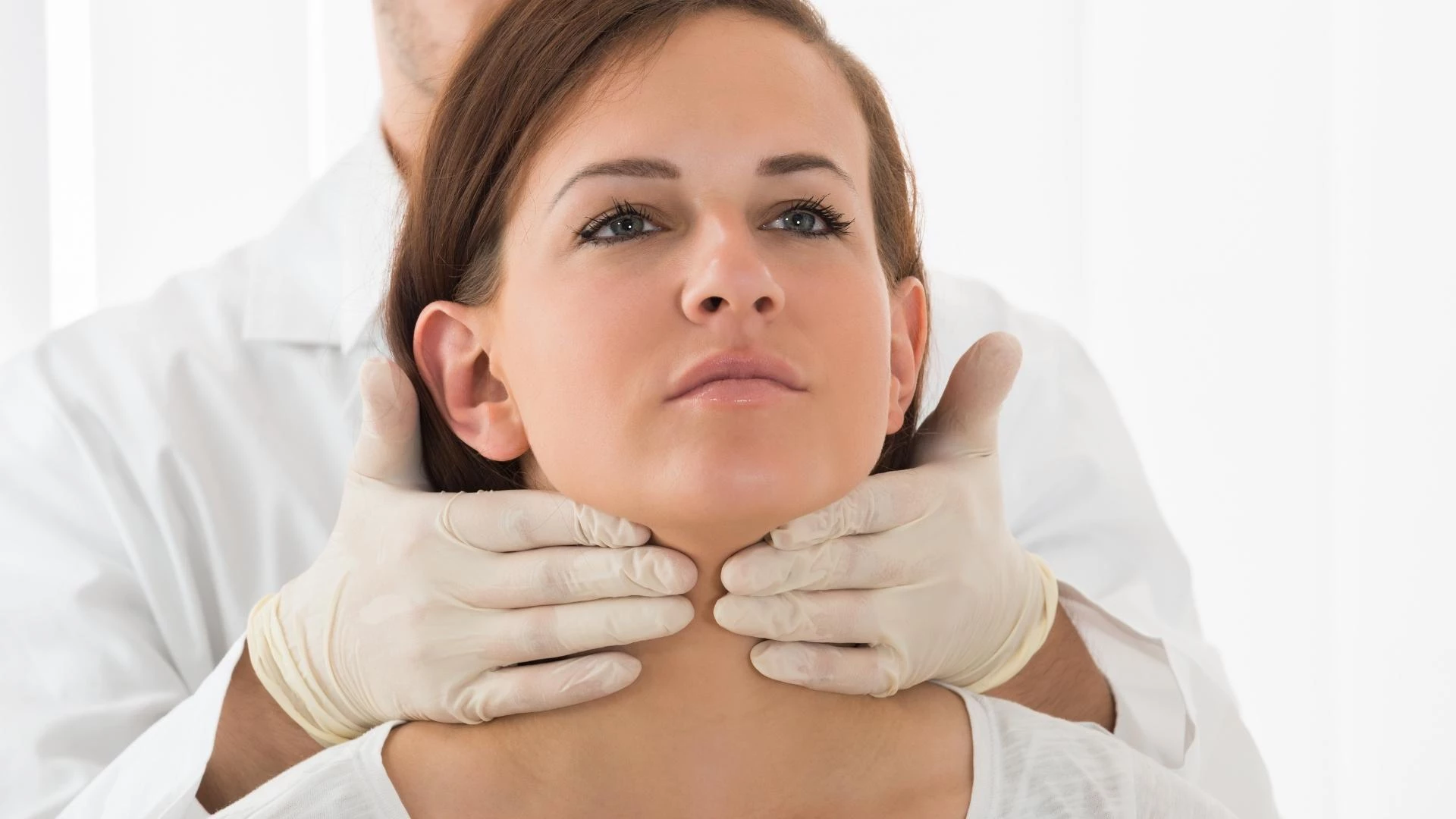
What is Oil Gland?
- What is Oil Gland?
- How is Oil Gland Detected?
- Types of oil glands
- What are the causes of oil gland formation?
- How is the Treatment of Sebaceous Gland?
They are slippery, oil-filled and mobile masses that are formed in various parts of the body, some soft and some hard when touched. These benign tumors, which are called lipomas in the medical language, are usually harmless, but can cause aesthetic problems.
How is Oil Gland Detected?
It is rare in children but can be seen in most adults. It is usually found in places such as arms, neck, chest, back and shoulders. They can be easily noticed as they can cause swelling on the skin. They are mostly painless to the touch and can play under the hand, showing that there is oil in them. Although slowly, they grow and multiply over time, which can create a bad image, and there may be situations where it restricts movement according to the area it is located. In case of discomfort, it is possible to remove the sebaceous glands by surgical intervention.
Types of oil glands
It is divided into different categories according to their depth, size or discomfort. Generally;
- Sebaceous cysts
- Benign tumors and
- Malignant adipose tissue tumors
Sebaceous cysts are mostly found on the scalp. Benign adipose tissue tumors, on the other hand, settle in areas such as the back and shoulders in a slightly larger way, although they are harmless, they must be removed. Although it is rare, these sebaceous glands that grow and multiply under the skin can turn into malignant adipose tissue tumors, that is, cancer. These malignant tumors are usually soft and the fluid inside may turn gray. It would be the healthiest way to see a specialist without personal intervention in the oil glands, that is, without trying to pierce, crush or scratch with sharp objects.
What are the causes of oil gland formation?
Sebaceous glands are rare in children, quite common in adults, and are mostly harmless. Among the general reasons; There may be many different and independent or independent factors such as genetic predisposition, unhealthy diet, stroke, metabolic disorders, cholesterol, diabetes, advancing age. Therefore, its incidence is quite high in our society.
How is the Treatment of Sebaceous Gland?
Although the oil glands are mostly harmless, they should definitely be checked. Pain, infection, discharge, redness, etc. in the area where the oil gland is located. If symptoms occur, you should see a doctor as soon as possible. Investigative methods such as ultrasound, MRI or tomography are used, and if necessary, drug therapy, biopsy or surgery may be required. It would be best to talk to the doctor about concerns about whether the surgery will leave a scar. Apart from these, there are also laser, peeling and radiofrequency removal methods for the oil glands formed around the eyes.





